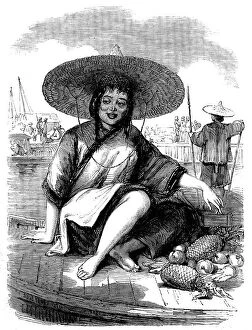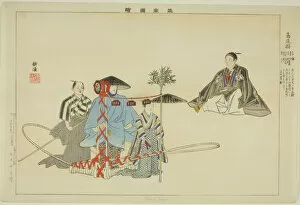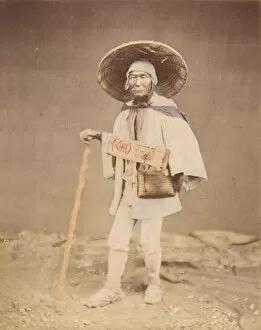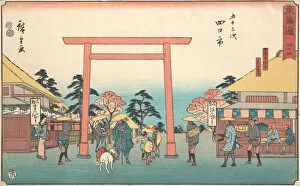Asian Rice Hat Collection
The Asian rice hat, also known as the conical hat or coolie hat, has a rich history and cultural significance in various parts of Asia
All Professionally Made to Order for Quick Shipping
The Asian rice hat, also known as the conical hat or coolie hat, has a rich history and cultural significance in various parts of Asia, and is not just a simple headgear but represents the traditions and lifestyles of different communities. In Borneo, specifically among the Dyaks of the Tribe of Badjows, these hats were commonly worn by both men and women. A visit to Borneo in 1875 captured this unique aspect of their culture through photographs taken by A. M. Cameron. The images showcased basket-sellers donning these distinctive hats while going about their daily activities. Japanese artists like Kogyo Tsukioka depicted scenes from Nogaku Zue in 1898, where Tori-oi-bune performers could be seen wearing rice hats during their acts. These illustrations provide a glimpse into traditional Japanese theater and its connection to this iconic headpiece. Ando Hiroshige's artwork showcases the laborious process of planting rice in Japan. In one piece from an unknown date, we witness farmers working diligently under the scorching sun with their trusty rice hats shielding them from its rays. Katsukawa Shuncho's street scene from around 1789 features individuals wearing rice hats while going about their daily lives. This suggests that these hats were not only practical but also fashionable accessories for people living during that era. Hokusai's "Spring in the Rice Fields" painting captures the beauty of nature intertwined with agricultural practices. The presence of workers adorned with rice hats adds authenticity to this serene depiction. Even beyond Asia, these distinct headgears made appearances across continents. Baron Raimund von Stillfried photographed a Chinese man sporting a similar style hat during his travels in the 1870s, showcasing how this fashion transcended borders.















